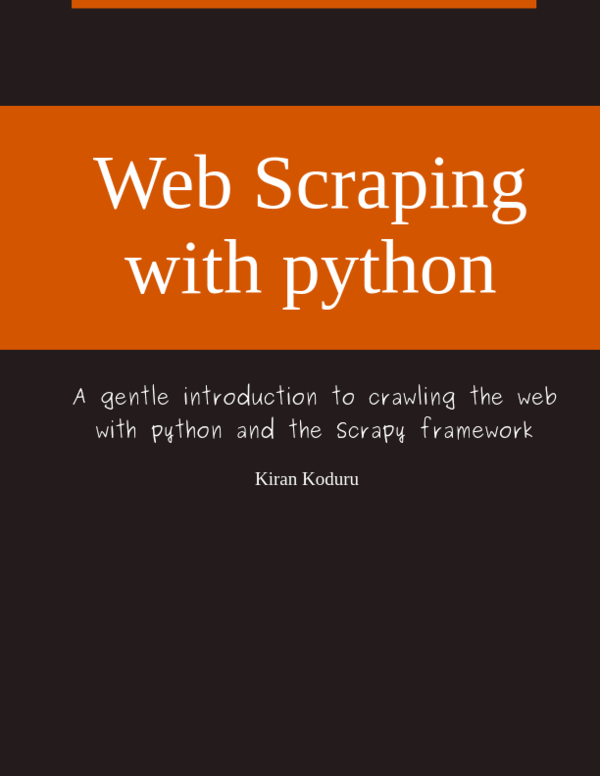elasticsearch and EC2
Elasticsearch has taught me so much about text searching. It has been a love-hate relationship since I started using it. Though I still consider myself a newbie, but the struggle has taught me how crucial it is to index my data the right way. Mapping it correctly, using the right analyzers on the right fields. This post isn’t about how great elasticsearch is but, about how there is so little to almost no documentation about setting up a elasticsearch cluster on EC2.
We started off with 3 m1.small EC2 instances from Amazon. We had been running elasticsearch v.1.2.1 before on these machines but hey ! there was a new upgrade. So we installed v1.3.x through yum. Once we had that going, we had to install the elasticsearch-cloud-aws plugin. You can have to navigate to the installed elasticsearch directory and run these commands. We had v.1.3.x installed so we had to get the v2.3.0 plugin. You can checkout the github repo for the right version to use with your elasticsearch installation.
$ cd /usr/share/elasticsearch/ $ bin/plugin -install elasticsearch/elasticsearch-cloud-aws/2.4.0
Next was to setup the elasticsearch.yml file. The config file can be usually found at /etc/elasticsearch/elasticsearch.yml. These are the settings we used for the master and slaves nodes were almost the same, except we had to set the value of the node > master to true or false accordingly.
cluster.name: marvel_universe
cloud:
aws:
region: us-east-1
access_key: ACCESS_KEY_FOR_AWS
secret_key: ACCESS_SECRET_FOR_AWS
name:
name: hulk
node:
master: true
data: true
discovery:
type: ec2
zen:
ping:
multicast:
enabled: true
ec2:
tag:
clustername: marvel_universe
Once we are done with the configurations we had to setup our security groups for the EC2 instances. This was the most crucial part for us to figure out since we cared about every port that we left open. Since we had launched our instances in a VPC we only had a new different changes from instances that are not in VPCs. Here are the connections we used.
Inbound connections for your security group
| Type | Protocol | Port Range | Source |
|---|---|---|---|
| SSH | TCP | 22 | [your-ip-address] |
| HTTP | TCP | 80 | 0.0.0.0 |
| HTTPS | TCP | 443 | 0.0.0.0 |
| Custom TCP Rule | TCP | 9200 | [elasticsearch-security-group] |
| Custom TCP Rule | TCP | 9300 | [elasticsearch-security-group] |
Outbound connections for your security group
| Type | Protocol | Port Range | Source |
|---|---|---|---|
| HTTP | TCP | 80 | 0.0.0.0 |
| HTTPS | TCP | 443 | 0.0.0.0 |
| Custom TCP Rule | TCP | 9200 | [elasticsearch-security-group] |
| Custom TCP Rule | TCP | 9300 | [elasticsearch-security-group] |
Next just run your elasticsearch servers individually and they will be able to detect eachother.
I am writing a book!
While I do appreciate you reading my blog posts, I would like to draw your attention to another project of mine. I have slowly begun to write a book on how to build web scrapers with python. I go over topics on how to start with scrapy and end with building large scale automated scraping systems.
If you are looking to build web scrapers at scale or just receiving more anecdotes on python then please signup to the email list below.
